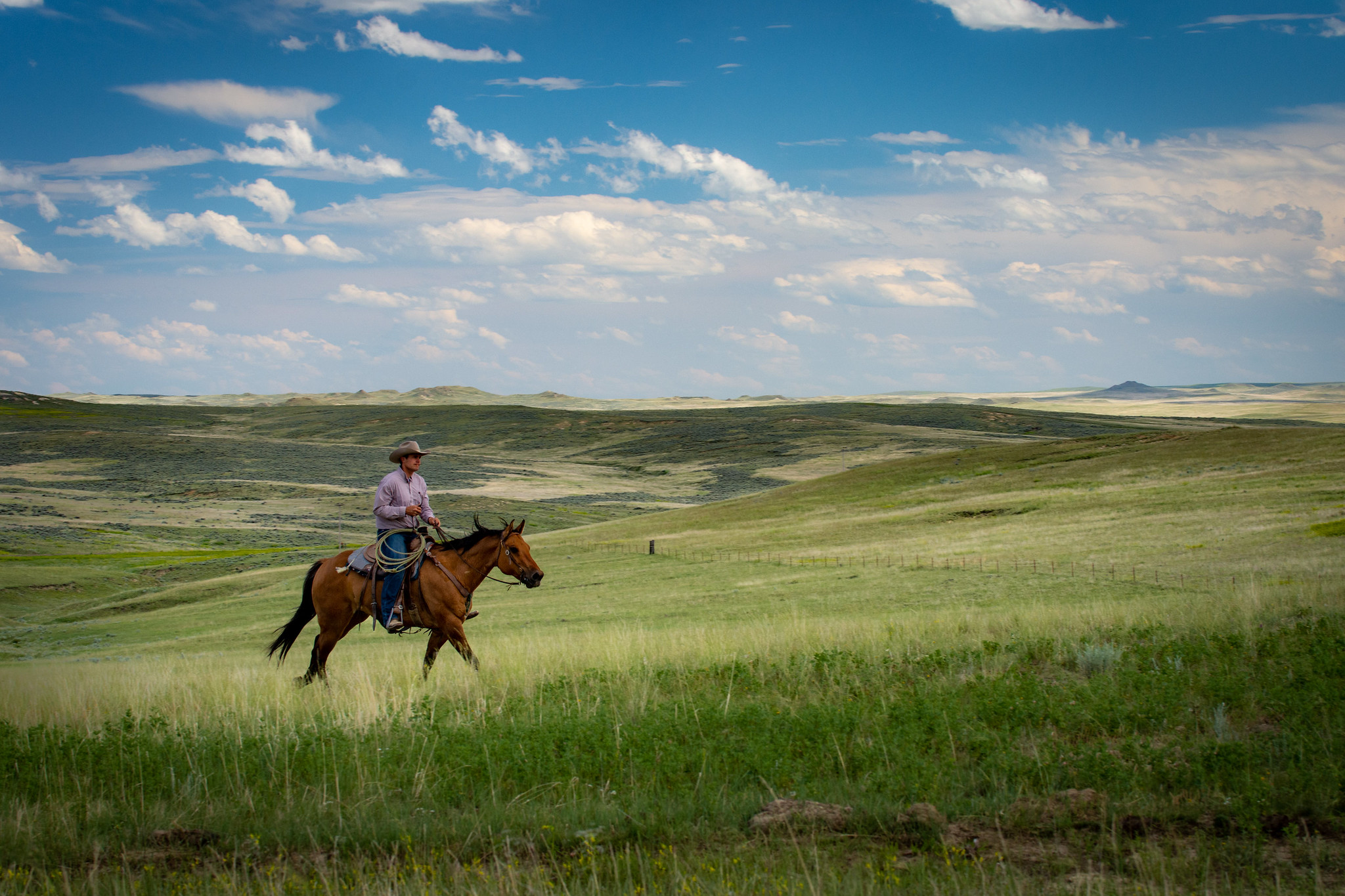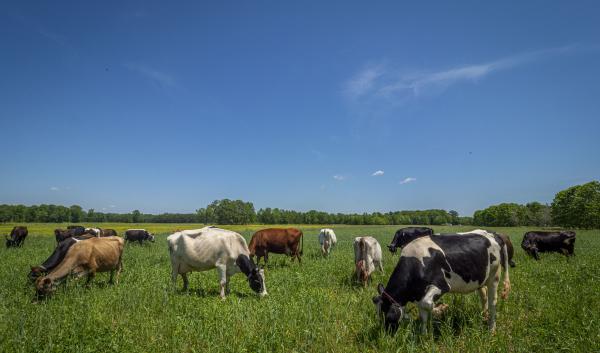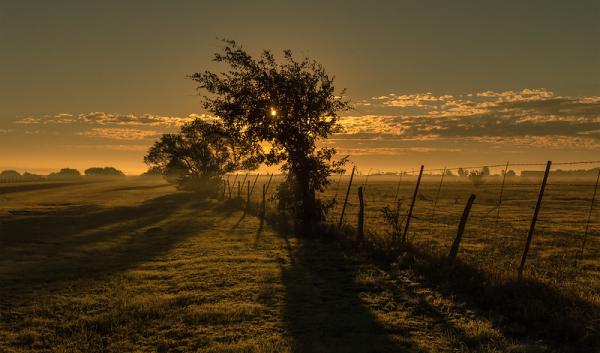Grazing Lands
 The impacts of climate change on grazing lands and the livestock operations that depend on them will vary by region, type of grazing land, vegetation community, and the type of livestock. These impacts are superimposed upon other factors such as land ownership, historical and current management, demographic changes and access to USDA programs.
The impacts of climate change on grazing lands and the livestock operations that depend on them will vary by region, type of grazing land, vegetation community, and the type of livestock. These impacts are superimposed upon other factors such as land ownership, historical and current management, demographic changes and access to USDA programs.
Rangelands cover an area of 405.8 million acres or 21% of the U.S. surface area. In the Western states, rangelands are predominantly Federally-owned lands, whereas over the Great Plains, rangelands are privately-owned. Pasturelands are also privately owned and cover 121.1 million acres (6% of the U.S. surface area); pasturelands are more common in the wetter half of the US, to the east of the 97th meridian. Rangelands and pasturelands are both used for grazing but the difference between the two is that rangelands support natural (and usually native) ecosystems while pasturelands are highly managed, cultivated systems.
Continue to the full text Grazing Lands in a Changing Climate or browse related content:
-
Cross-Border Conservation: How the U.S. Forest Service Partners with Mexico to Protect Vital Shared Grasslands
The U.S. Forest Service is teaming up with partners in Mexico to launch an innovative conservation effort: sustainable…
-
Managing Risk of Field and Equipment Fires in the Midwest
Explore resources for minimizing the risk of field and equipment fires during harvest.
-
Agriculture Adaptation Menu
An adaptation planning bulletin developed specifically to meet the unique needs of agricultural producers, and provide…
-
Bolstering Extension-Climate Hub Partnerships in the Midwest
The U.S. Department of Agriculture has invested in new Cooperative Extension and USDA Climate Hubs partnerships to…
-
Virtual Fencing as a Climate Adaptation Strategy
Virtual fencing allows ranchers to move livestock without physical fences and could be an effective climate adaptation…
-
Rotational Grazing for Climate Resilience
Rotational grazing could help agricultural producers mitigate and adapt to the effects of climate change.
-
Vulnerability Assessments of U.S. Agriculture and Forests (2018)
Two special issues in the journal Climatic Change feature vulnerability assessments of agriculture and forestry across…
-
Grazing Lands in Idaho, Oregon, and Washington
A summary of grazing lands and the effects of climate change in Idaho, Oregon, and Washington.










